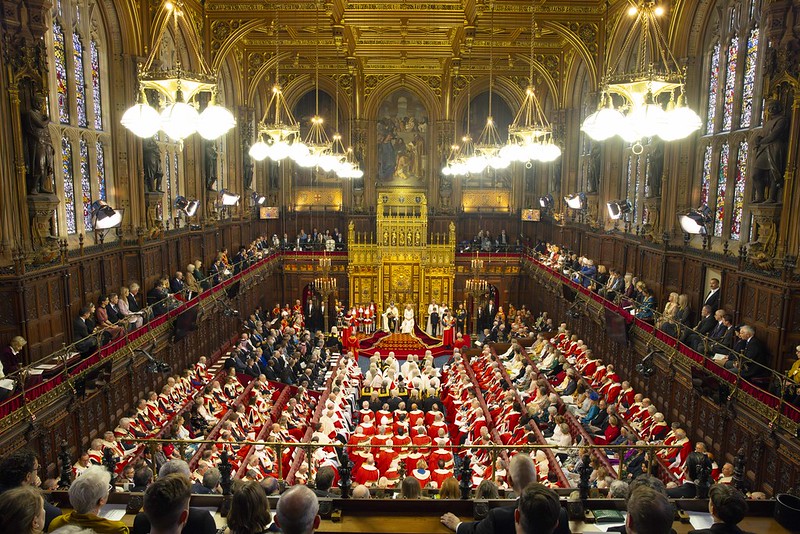NPPF Consultation Launched

In a move that would see developers castigated by local authorities, the Government has launched a consultation 2 days before Christmas on its changes to the NPPF.
While the consultation will run until 2nd March, making sense of the extensive proposed changes will be a big job to return to in the New Year.
As with most change to the NPPF, small details and wording will be where the KCs will be looking at future appeals. From the first paragraph, the direction of travel which was promised in recent announcements, including the Written Statement from Gove, become apparent:
The National Planning Policy Framework sets out the Government’s planning policies for England and how these should be applied. It provides a framework within which locally-prepared plans can provide for sufficient housing and other development in a sustainable manner can be produced. Preparing and maintaining up-to-date plans should be seen as a priority in meeting this objective.
Whilst the NPPF will underpin a Plan-led system, development will now only have to be “sufficient” and brought forward in a “sustainable manner”. Building beautifully, through the provision of local design codes and a new national guide to underpin them, also feature heavily.
Further reading starts to reveal what this means in practice.
Paragraph 11.b now includes the proviso that an “adverse impact” in plan-making “may include situations where meeting need in full would mean building at densities significantly out of character with the existing area”, as well as an additional sub-paragraph stating:
there is clear evidence of past over-delivery, in terms of the number of homes permitted compared to the housing requirement in the existing plan,; in which case this over-delivery may be deducted from the provision required in the new plan.
On Examining Plans, the proposed changes lowers the bar on getting a Local Plan passed, with the need for a Plan to be Justified removed completely and the Positively prepared requirement stripped of the need to deliver “as a minimum” on objectively assessed needs.
On housing targets, the proposed changes will put local authorities in control, with the “The outcome of the standard method is an advisory starting-point for establishing a housing requirement for the area”, but with a resurrection of the uplift in numbers for the top 20 most populated cities and urban areas, as well as a proviso to allow for authorities taking additional housing from neighbouring areas to increase their housing targets. The Conservatives here seem to be content to leave their tanks firmly parked in their heartlands and move the housing burden fully on to traditional Labour areas.
On enforcing housing delivery, the changes will as promised water powers down, with the requirement for buffers in housing land supply to be scrapped and the Housing Delivery Test requiring LPAs which don’t deliver to come up with their own action plans with no planning guidance.
Furthermore, LPAs will be able to avoid having to take action on under-delivery if they can demonstrate housing permissions in excess of 115% of the requirement over the last 3 years. Much like many men with Christmas Eve shopping, you may well see LPAs periodically granting waves of consents to top up their numbers under these proposals.
For residential development and strategic land, the changes will doubtless make for very un-festive reading. Those in onshore wind energy will be cheered by confirmation the effective ban in England will now be lifted, but it is still firmly in the hands of LPAs to consent these.
This seems to be the overarching theme of these proposed changes. The Government is firmly passing power (some may say the buck) to local councils and washing its hands of responsibility to even encourage them, let alone make them, pick up the mantle.
Once the turkey has been eaten and tinsel has been taken down, the first 3 months of 2023 will surely be consumed with drawing together responses to the consultation and, perhaps, getting applications over the line before the final changes come into effect.






